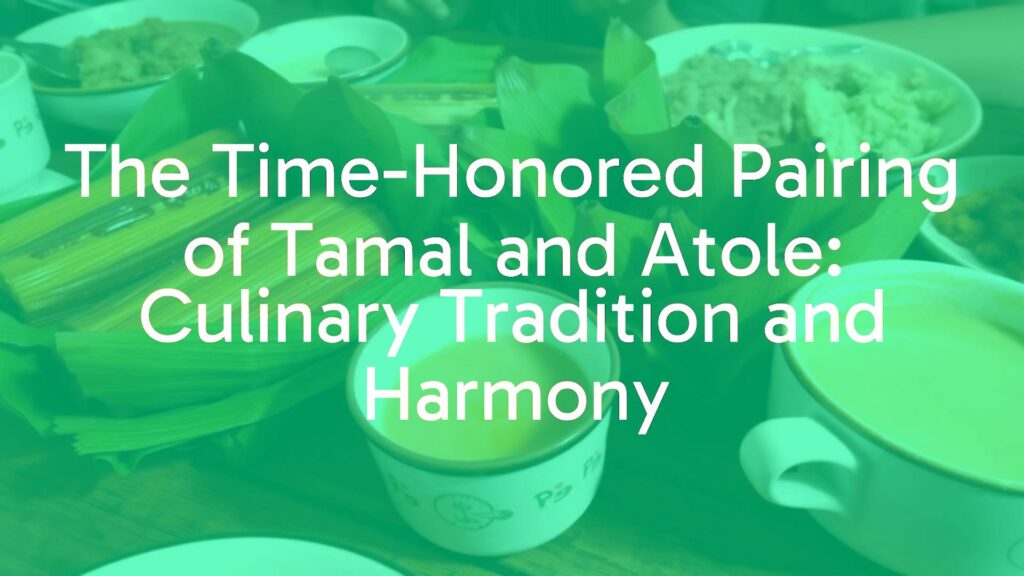Exploring the Beloved Duo: Tamal and Atole
Few combinations evoke the warmth of Mexican culinary tradition like the pairing of tamal and atole. Woven deeply into the fabric of daily life and festivity alike, this iconic duo offers more than sustenance—it provides a sensory experience rooted in centuries of shared culture. This article takes an in-depth look at what makes tamal and atole such a cherished pair, examining their history, characteristics, and the customs that continue to shape their place at the Mexican table.
Understanding Tamal and Atole
The tamal is a beloved masa-based dish, typically made from corn dough filled with savory or sweet ingredients, then wrapped in corn husks or banana leaves and steamed to tender perfection. Atole, on the other hand, is a warm, comforting beverage traditionally prepared by simmering ground maize with water or milk, sweetened, and often flavored with spices, fruits, or chocolate. Enjoyed together, they represent a balance of textures and flavors: the hearty, filling tamal is complemented by the smooth, soothing atole.
Historical Roots and Cultural Significance
The origins of both tamal and atole trace back to ancient Mesoamerican civilizations. Archaeological evidence and early Spanish accounts highlight maize as a sacred and staple crop, with tamales and atole playing central roles in rituals and daily nourishment long before European arrival. Over generations, the pairing became deeply embedded in community gatherings, religious festivals, and household rituals, signifying abundance and unity.
Signature Ingredients and Characteristics
Tamales are characteristically defined by their soft, moist masa dough, often accompanied by fillings such as pork in red chile, chicken with green tomatillo sauce, beans, cheese, or sweetened preparations with raisins and cinnamon. Atole’s base relies on finely ground maize or masa harina, blended with water or milk and typically sweetened with piloncillo or sugar. Spices like cinnamon and vanilla, or additions such as chocolate (as in champurrado), provide unique twists.
Variety and Regional Diversity
Regional traditions have given rise to endless variations. Tamales might appear as the airy, lard-rich versions of central Mexico, or as banana leaf-wrapped Oaxacan botanicals. Atoles range from the basic white atole to vivid versions like strawberry (atole de fresa), guava, or the chocolate-infused champurrado. The selection of fillings and flavors often reflects local harvests and family recipes, ensuring each rendition is distinct.
Serving Customs and Pairing Suggestions
Traditionally, tamal and atole are served together during breakfast or merienda and feature prominently in festivals such as Día de la Candelaria or Christmas Eve posadas. The hot, silky beverage is a perfect foil for the substantial and occasionally spicy tamal, with their combined warmth making them particularly inviting during cool mornings or celebratory events. While classic atole flavors like vanilla or chocolate are most common, creative versions incorporating fruits or seeds are also popular, especially in contemporary settings.
Modern Adaptations and Substitutions
Ingredient substitutions may cater to dietary needs, such as using plant-based fats in tamal dough or non-dairy milks in atole. Some cooks experiment with alternative grains or fillings, extending the tradition’s creativity while preserving its communal spirit. Common beverage pairings go beyond atole, with coffee, hot chocolate, or even horchata serving as modern alternatives.
Cultural Legacy
Ultimately, the combination of tamal and atole stands as a testament to resilience, hospitality, and the enduring appeal of Mexican culinary heritage. Whether enjoyed on a bustling city corner or at a festive family table, this duo remains a symbol of togetherness—comforting, nourishing, and steeped in generations of shared memory.

